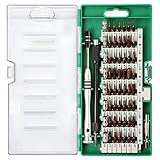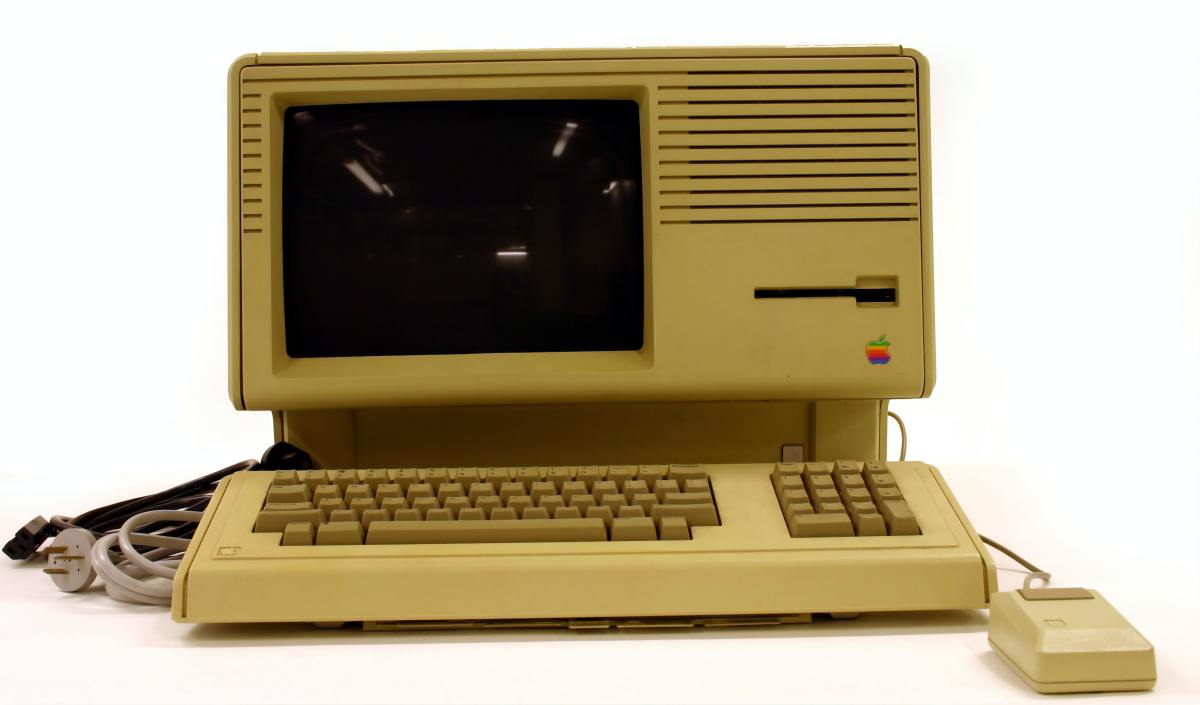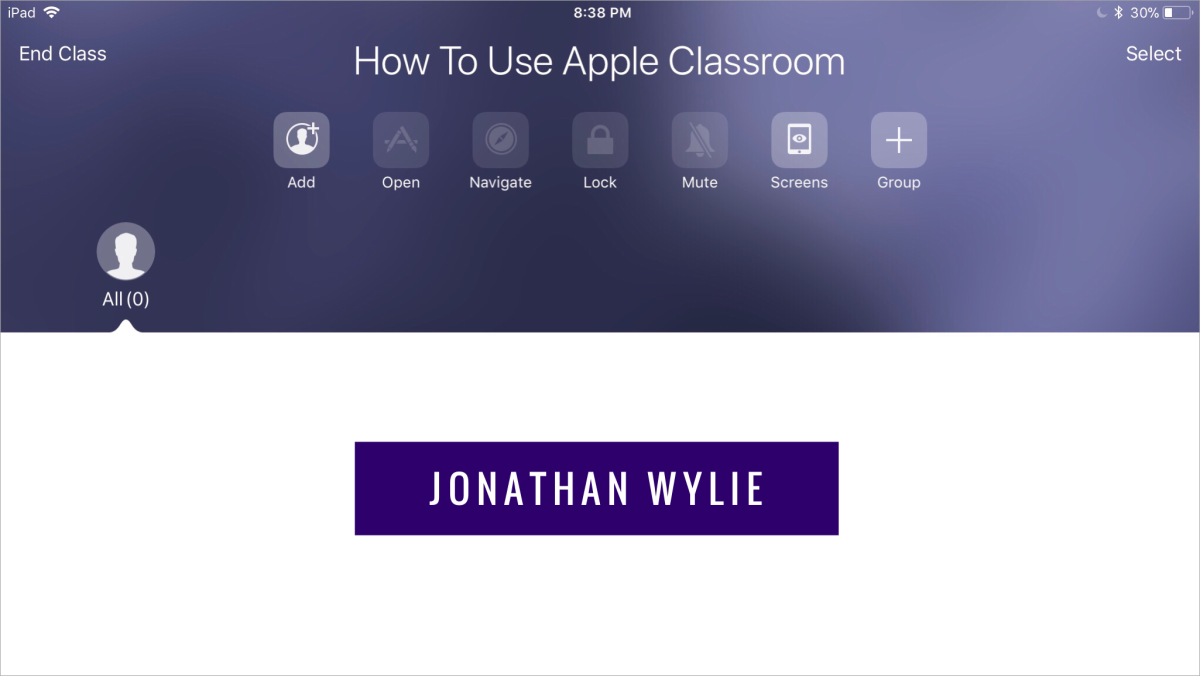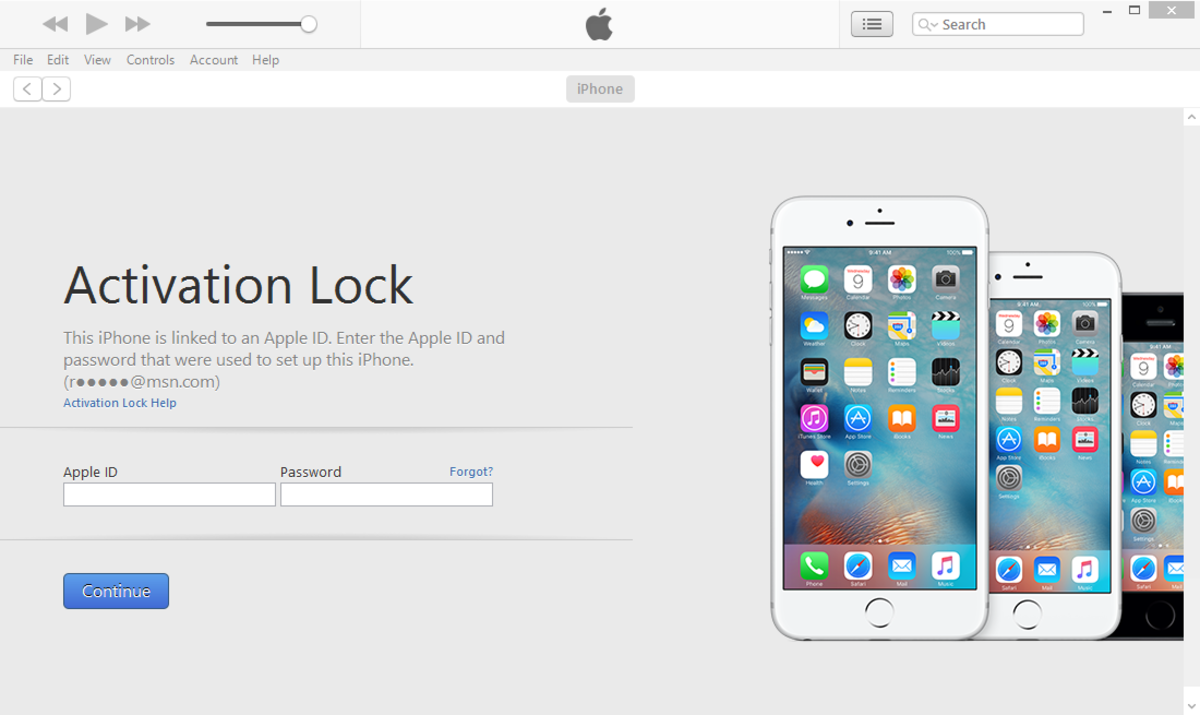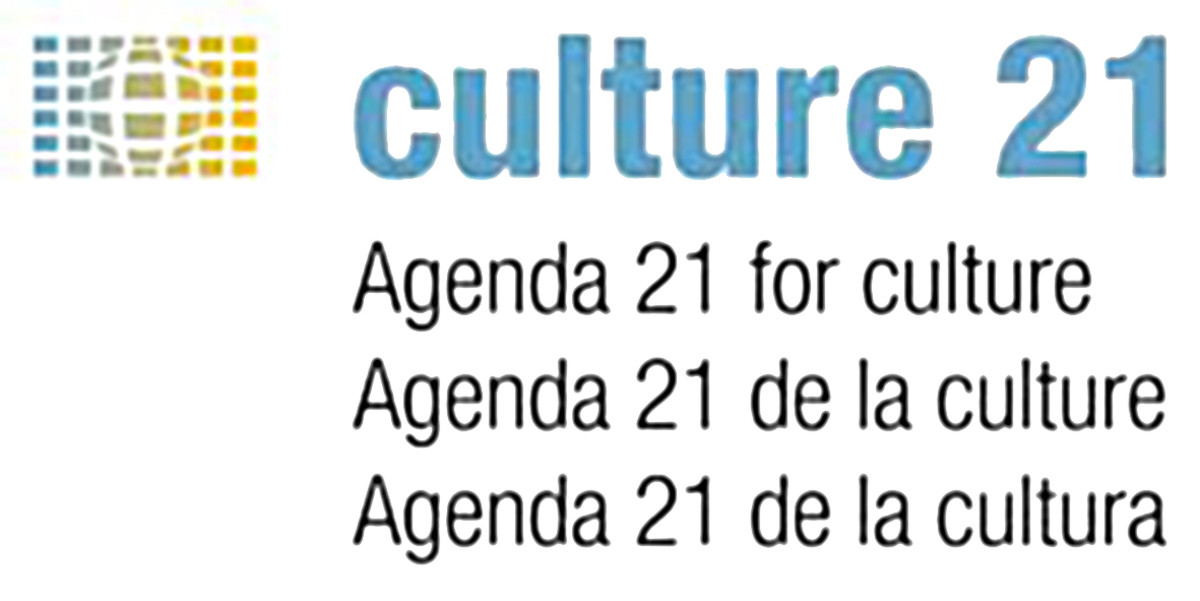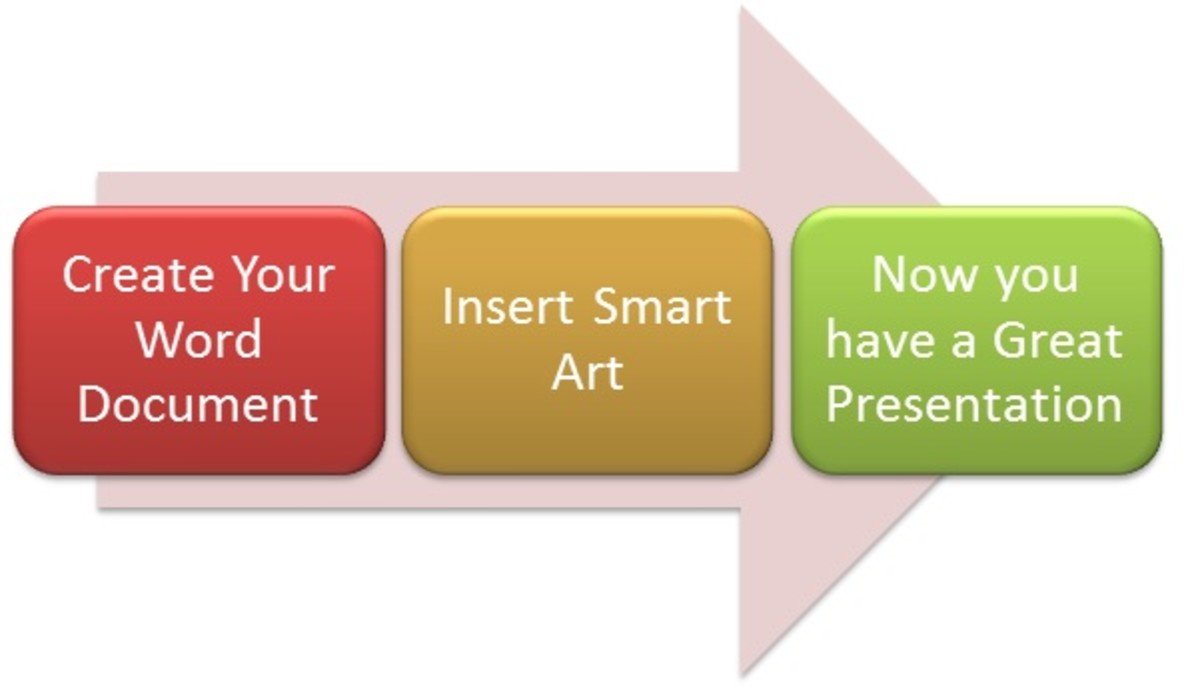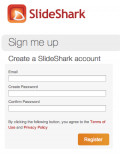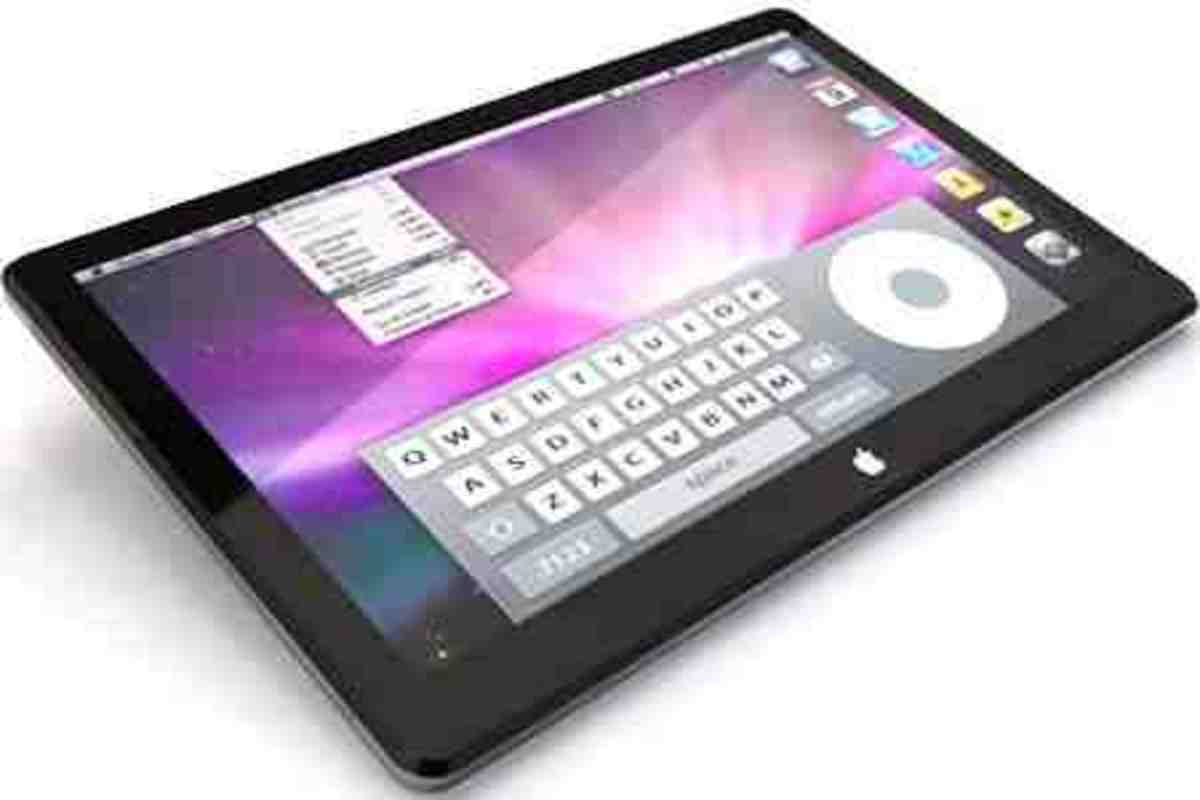- HubPages»
- Technology»
- Consumer Electronics & Personal Gadgets»
- Portable Electronics»
- Tablets
Apple's iCloud
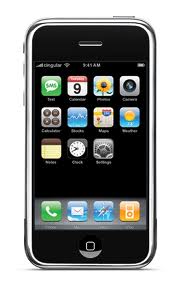
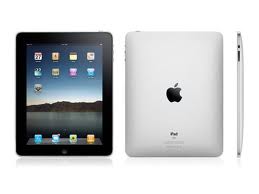
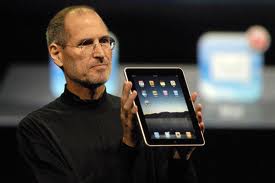
Apple's iCloud
I've recently became an Apple convert. I've always been impressed with Apple products from afar but until recently, the only contact I had with an Apple product was with a simple iPod Nano, which I used to use everytime I went out for a run.
What Apple did for the music industry was truly revolutionary. I can't say the music artists were too happy but for the typical consumer like myself, being able to carry all my music around in such a little device is fantastic.
Anyway, as of the past 6+ months, I've gotten an Apple iPad2 and just last month, the new iPhone4S. I have to admit, I truly love both these devices. I'm always on the lookout for new and useful applications (but that's a topic for an entirely different hub which you should look out for from me shortly). I've used both for a good while and just recently turned on the iCloud capability.
I was skeptical at first ut very quickly came to realize how useful this truly would be. The ideal scenario is for someone just like myself that has multiple devices, in my case two Apple devices. Turning on iCloud allows me to keep the same documents in synch on both devices at all times and it's very simple to use. I've attached a simple video above that demonstrates the ease of use of the iCloud application.
Here's two simple examples of how you can truly benefit from iCloud. Say you're out and about with your iPhone and you start taking photos with the new high quality camera. If you have iCloud enabled, as soon as you take those photos, assuming you're in either cellular or Wifi coverage, those photos will immediately be sent to the cloud and downloaded onto your iPad which is sitting at home on your desk. That means, as soon as you get home, you're able to view all the photos you just took on the large color screen of the iPad.
A second example, and the one I find the most convenient, is by sharing documents across two devices. In my case, I'd like to give you a real world example of how I took advantage of iCloud just last month. I was attending a conference and as such, had several scheduled meetings along with lots and lots of ad hoc discussions with folks on different topics. Prior to my first meeting, I created a notes document on my iPad called "trip-note-Dec12". In this document, I took important notes during each of the several meetings I attended. Later that same day, the conference had a showroom set up where several vendors were disaplying their products and answering questions. As I walked around, I didn't carry my iPad but instead had my iPhone with me. After meeting with each different vendor of interest, I would step aside, open up the "trip-note-Dec12" file, and add notes from the discussion I just had. I repeated this several times as I walked from vendor to vendor, taking important notes that I would need later. Each time as I save the document, it would immediately get uploaded to the cloud and thus synched up with the file of the same name on my iPad which was now sitting back in my hotel room.
Throughout the conference, depending on the setting I was in, I'd add notes to this same file either on my iPad or using my iPhone, Regardless of which I was using, the other would automatically get updated. So in essense, you can start a document on one device, add edits and additions to it from a second device, then go back to the original device and finish adding additional touches. To me, this was extremely helpful and efficient as I neve needed to go back at a later time and combine notes from two different files on two different devices.
I keep refering to using the iCloud with two different devices but it could be with many different devices. For example, if I also had a Macbook Pro or an AirTouch laptop (possibly a future purchase of mine) running iCloud, then the same documents and files would be kept in synch across all devices associated with my account.
Hopefully you can see from my two simple examples, plus from viewing the video above, just how simple and useful the iCloud can truly be to your everyday routine.
If you have used the iCloud capabilities, let me know your thoughts or comments by providing examples of how it helps you on a regular basis. Thanks!!!

